
Sounds contradictory? Is it simply something of a red herring? That kind of statement could give you a queer look from health-conscious folks. A preposterous idea, they might think. The truth is we cannot do without fats in our diet to survive–to fuel our body and help nourish our brain.
Believe it or not, a number of naturally occurring high-fat foods are indeed healthy, rather essential to good health! Recent findings seem to indicate that the craze for low-fat health food, which peaked in the late ‘90s, has become an anachronism today! Curiously, the buzzword today happens to be “eat high fat-food–lose weight.” Incredulous!
Before going into the plus points of some foods with high-fat content, you need to have some basic knowledge of the “good” and the ‘bad’ fats. Today, saturated fats are well-known for their notoriety.
In the case of middling saturated fats, they are normally found in animal or vegetable fats such as butter, red meats, and eggs. Although this fat got a bad rap in the past, recent studies have shown that saturated fat taken in moderation cannot harm us.
The worse dietary fats are the trans-fats. They are the real culprits, which are responsible for raising the levels of LDL or bad cholesterol but also account for cutting back on the HDL or good cholesterol in our bodies. They as such are the chief causes of multiple ailments like heart disease, type-2 diabetes, and cancers of the colon or the breast.
Trans-fat is a synthetic version of oil, better known as the hydrogenated vegetable oil. Mostly deep-fried foods baked goods or packaged processed snack-foods are loaded with this kind of fat. A word of caution: avoid them like the plague.
Now to go back to the issue of the beneficial high-on-fat foods, they are associated with two kinds of fats: the monounsaturated and the polyunsaturated fats. Both are known to be good fats and promote the HDL or good cholesterol and helps check the LDL cholesterol from spiking. They contain both omega-3 and omega-6- fatty acids, which are considered invaluable to our health.
As a result, they reduce the risks of heart-related diseases, diabetes and even certain cancers. In addition, they are also loaded with anti-inflammatory properties that strengthen our immune system to fight off diseases.
In recent years, the popularity of Atkins Diet and the Ketogenic Diet, too, vouch for high-on-fat but low- on-carb diets. Ketogenic Diet( a low-carb, high-fat regimen) is claimed to be a remedy for weight-loss, diabetes, and epilepsy while the Atkins diet is said to lead to considerable weight loss and improvements in blood sugar control, maintaining “good” HDL cholesterol and stabilizing triglyceride levels.
So what are these so-called high-on-fat foods, which seem to work wonders for our well-being and good health?
Avocados
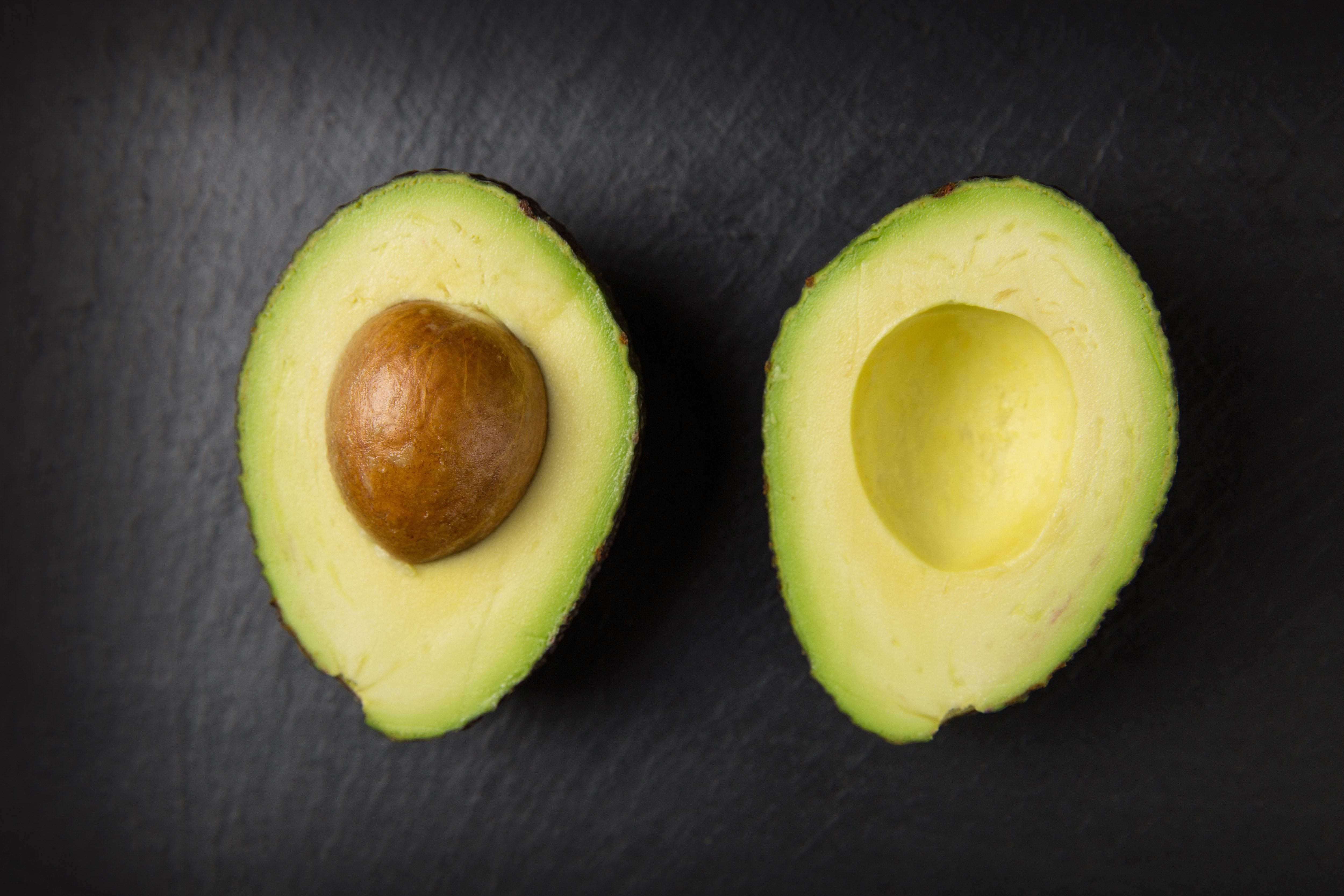
Among all the fruits, avocados are claimed as the fattiest of all. Calorie-wise, a half-sized avocado packs nearly 140 calories corresponding to 15 grams of fat while 75 percent of the fat is monounsaturated, or the ‘good fat’ rich in a fatty acid called oleic acid (omega-9 fatty acid).
It is an excellent source of fiber, potassium, folate, Vitamin E and is, surprisingly, cholesterol and sodium free. As a regular dietary meal, avocados help lower the LDL cholesterol, boost insulin sensitivity, improves glycemic control and good for cardiovascular health and diabetes.
Apart from that the fatty acid in avocados also improves eye-sight, keeps your kidneys safe and is also healthy for an expecting mother and the baby.
Fish
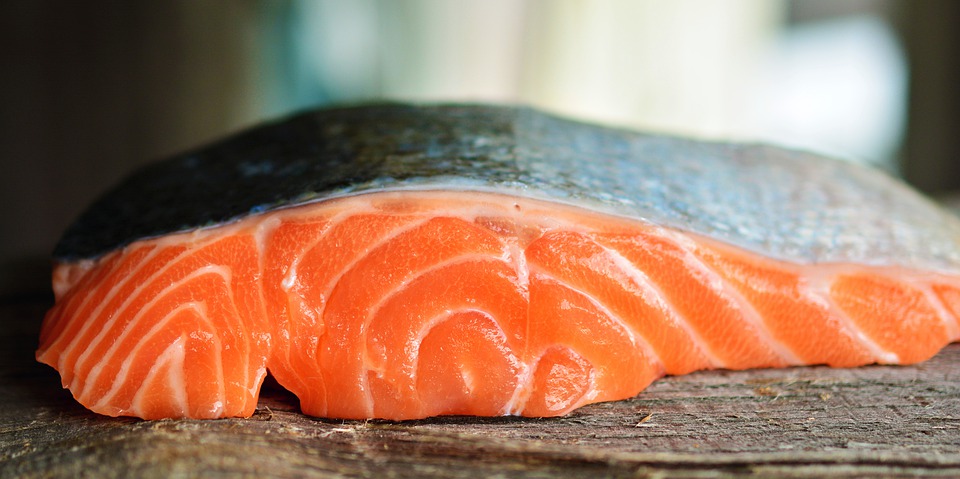
It’s no secret that fish has been an integral part of our diet and predates recorded history. We also know it’s nutritious to work fish into our meals. Why is a fish diet healthy? Because they are:
> High in omega-3 fatty acids
>> Rich in protein
>> A plentiful source of vitamins and minerals
>> Low in saturated fats
The fattier the fish, the better it is because the fat in fish is monounsaturated and not harmful to our health. Instead, two serving of fish a week is recommended by the American Heart Association.
The health benefits of eating fatty fish are varied such as heart-related diseases, depression, and function of the brain, eyes, and expecting mothers. Regular intake of fatty fish improves metabolism and alleviates inflammation. It is also claimed that it helps in reducing mental decline or the worse, dementia.
The fish that are dense in omega-3 fatty-acids include the salmon, tuna (not canned) and mackerel. For easy availability, there are, however, locally available fish which also contain the fatty- acids such as the Rohu, Katle, trout, Naini, Grass Carp, and Bachuwa(pangasius). If you are lucky, you might even chance upon at the fish-mart at New Road, the favorite of Bengal, India, the oil-rich Hilsa fish considered very high on fat.
Flaxseed
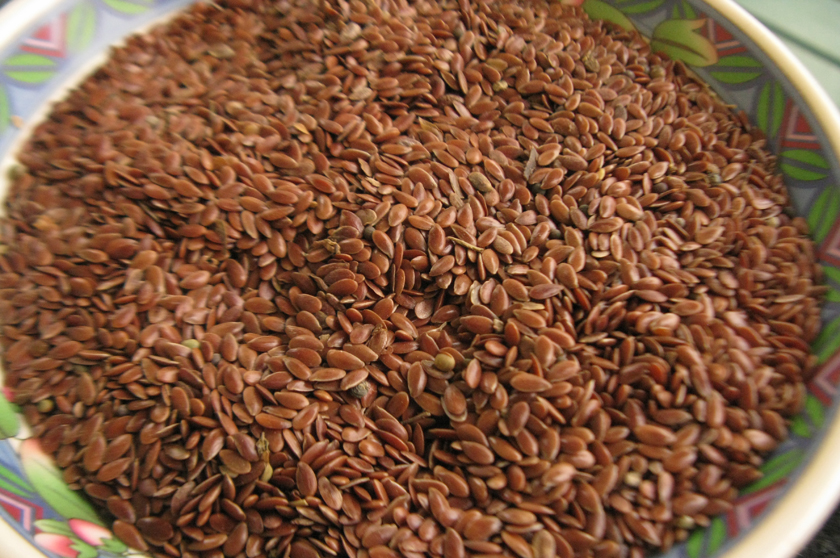
Commonly known as aalas in Nepal, a 100-gram of flaxseed is packed with as high as 42gms of fat. Among the world’s healthiest food, flaxseed is considered one of the richest sources of plant-based omega-3 fatty acids called alpha-linolenic acid (ALA).
Apart from that, flaxseeds contain a host of micro-nutrients such as dietary fiber, manganese, vitamin B1, lignan (phytoestrogen), antioxidants, iron, zinc and many more. Extensive studies carried out by research scientists have shown that an intake of flaxseed in our meals is beneficial to cardiovascular health, diabetes, skin, and hair.
Flaxseeds even help reduce the risk of cancers of the breasts, colon, ovary and the prostate. Little surprise, it has been called the “wonder seed,” and is claimed as a” superfood” by health blogs and magazines.
Cheese, butter & full-fat yogurt

Photo: Himalayan French Cheese
Yes, a high-fat dairy product like cheese can be a part of your healthy diet because it is rich in protein, calcium, vitamin B12, phosphorus, and selenium. An excellent source of nutrients, cheese as dietary fat is essential to good health and can provide loads of benefits from digestion, to brain development, strong healthy bones to a healthy heart. It is also said to help cut down the risk of type II diabetes.
This statement was made after a study was conducted at the Lund University, Sweden: “Those who ate the most high-fat dairy products had a 23% lower risk of developing Type 2 diabetes than those who ate the least”: Ulrika Ericson, PhD, Nutritionist, Diabetes and Cardiovascular Disease, Genetic Epidemiology Unit, Department of Clinical Sciences in Malmö, Lund University.
Same goes for butter. Today, eating butter is not a taboo as was once believed. But always keep in mind that the intake of butter only in “moderation” is healthy. Although rich in saturated fats, recent studies have revealed that butter contains a substantial amount of fat-soluble vitamins such as vitamin K2 and the fatty acid called butyrate, both considered beneficial to health.
Curiously, researchers claim that people who eat full-fat yoghurt tend to be just as healthy as or healthier than those who choose the low-fat options. Besides being loaded with healthy probiotic bacteria, the full fat in yoghurt helps to better absorb the nutrients like calcium, potassium, and vitamins A, B-12, and D.
Eggs

Gone are the days of the widely accepted myth that eggs for being high in cholesterol and fat are bad for health. In recent years, nutritionists and food scientists have substantiated that eggs are nutritious and nourishing. Mind you, the whole egg not just the whites.
Though high in fat (a single egg is almost 200mg of cholesterol and 60 percent of the calories are derived from the fat in the egg). So, do not discard the yolk because they do not affect the cholesterol level in our body adversely.
More than that, whole eggs are rich in minerals, vitamins, protein, and antioxidants. The egg- yolk also contains Vitamin D, choline, and Vitamin B, which supplements liver-function, the nervous system, the brain, and the muscles.
Dark chocolate

Eating chocolates is not as bad as people once thought and believed. All chocolates are, however, not healthy. Go for the dark ones with at least 70 per cent cocoa content or higher and preferably zero-sugar.
Even diabetics can go for an occasional moderate treat if they eat zero-sugar dark chocolates. The fat in dark chocolate comes from cocoa butter and it contains stearic and palmitic acids, which are forms of saturated fat. However, it also contains a heart-healthy monounsaturated fat called oleic acid normally found in olive oil.
Scientific studies have led to newer findings that dark chocolate contains a bioactive compound called flavonoid which acts as anti-allergic, anti-cancer, antioxidant, anti-inflammatory and anti-viral agents.
Further clinical trials have led to the discovery that eating of organic dark chocolate reduces levels of LDL (“bad” cholesterol) and raises levels of HDL (“good” cholesterol) potentially lowering the risk of cardiovascular disease.
Nuts
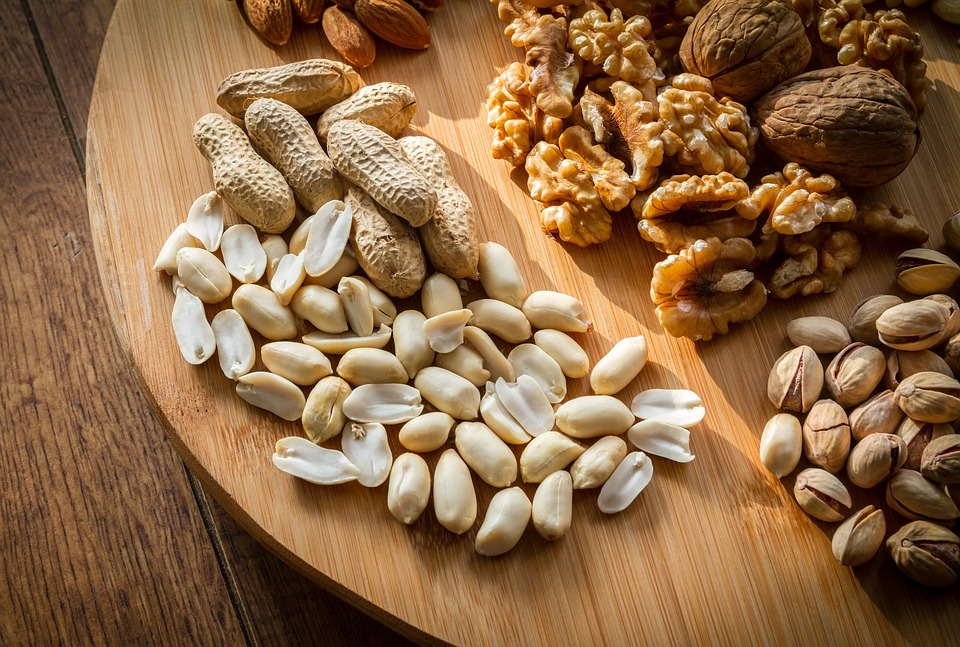
From walnuts, almonds to cashews, and hazelnuts, all are rich in fats. Other nuts include pistachios and peanuts. Their fat content is nutritious and good for the heart and type II diabetes. Apart from fats, they contain healthy properties such as protein, fiber, minerals, essential vitamins, and antioxidants.
Tofu
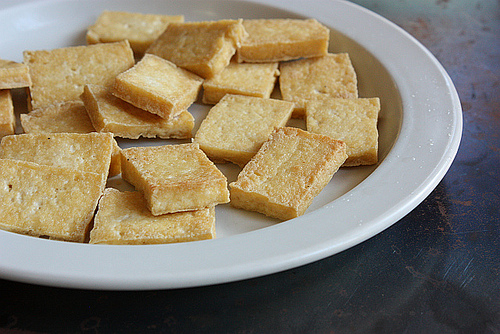
A good source of monounsaturated and polyunsaturated fats (4gms to a 100gm fresh tofu), it also contains a plant-based protein (11gm to a 100gm tofu). It’s a godsend nutritious food to the vegans and vegetarians and the best substitute for meat.
Olive oil
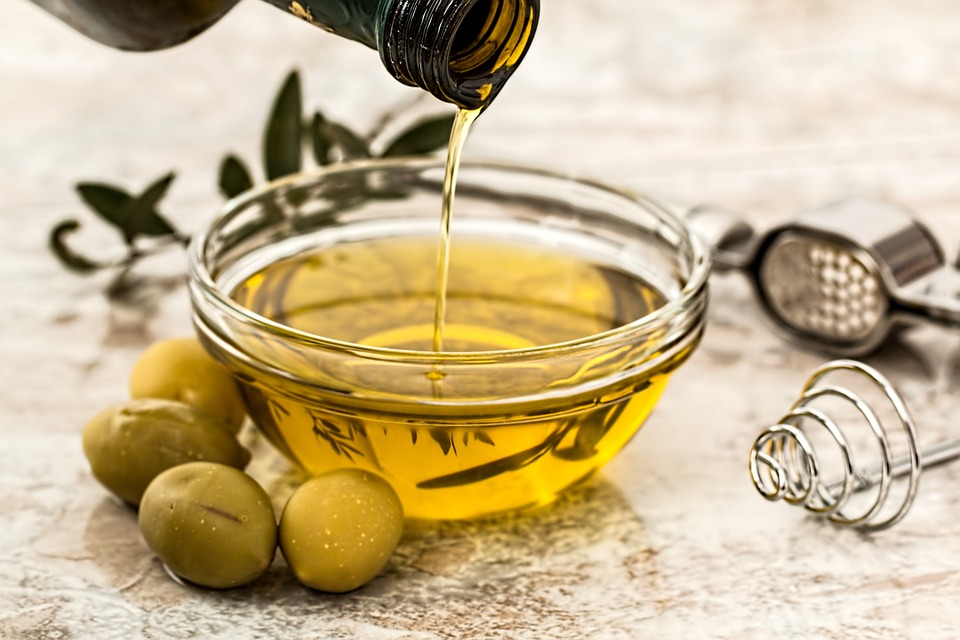
Among all the healthy fat diets, nothing can beat olive oil. It is the best source of healthy fats of all times. Best, go for the extra virgin. A 100gms of extra virgin olive oil contains a whopping 73 percent monounsaturated fat with a paltry 13 percent saturated fat.
Apart from that, it is nutrient- dense in super healthy fatty acids such as omega-3 and omega-6 and contains vitamin D and vitamin K. More than that, it is also loaded with antioxidant properties.
A regular intake of this oil can work wonders as it safeguards you against cardiovascular problems and lowers the risk of diabetes, cancer, Alzheimer’s disease, inflammation, and stroke. This oil happens to be an essential part of the Mediterranean diet too.
Mmmm . . . fats! They are back in vogue. No need to shun them. In a nutshell, eating food high in fats is not unhealthy. The bottom line is, always stick to a strict regimen of eating in moderation and above all doing regular exercise. Eat right, keep fit and healthy!
Disclaimer: The views expressed in the above text are solely research-based and the dietary information given does not constitute any medical advice. Cross-reference and reader discretion is solicited.
mansinghravi@gmail.com
























